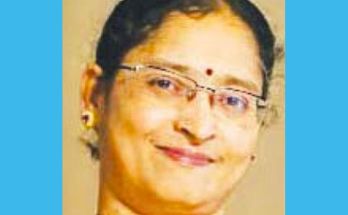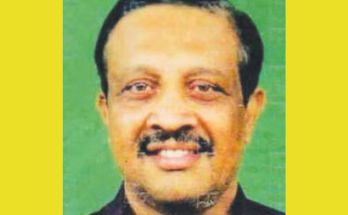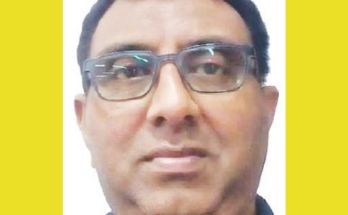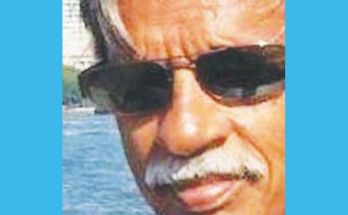By LAKSHMI
When I was exploring on the internet, I got to know more about certain ragas and their effects on us. In 2003, I found one footnote which said: ‘These ragas are suitable for autism’.
This caught my attention. This was also the first time that I got to know about autism.
My first musical experience with children with autism was a small group of 12 children in my neighbourhood. Here, children with autism co-existed with children with other disabilities and conditions. Some laughed, some clapped and many tried to repeat when I was singing for them. Among these, there were children with autism who walked away to gaze outside the window or enjoyed tearing up paper into small pieces. Not one made eye contact with me. I kept wondering.
I had to take a break after my first set of music therapy sessions and I was in for a few surprises when I returned after the break.
I was astonished to hear a teacher say, ‘Anirudh used to wait at the door at the time scheduled for your session. He refused to come in. When we asked him why? He sang a few lines of the song – Krishna Jai! Krishna Jai!
That moment, I began to understand the relationship between autism and music. I decided then that I would use my musical skills to heal these children.
Four-year-old Akshay came to me during a summer holiday break. He was very hyper and adamant but loved music. I shared my music with him. When the school re-opened, the teacher asked the mother what treatment she had given this boy during the holidays. The mother was stunned. The teacher listed out the unusual changes of Akshay ; she said – He sits in his place now, he joins a queue and follows it, his hand-writing has improved . . .
Music therapy had been working!
I went on to share music with a handful of children from that inclusive school.
At a therapy session, I sing using different rhythm instruments and make sure that the kids are seated in a crossed-leg position and are listening.
The session lasts around 45 minutes. If the child is a toddler the mother can accompany. This happens twice a week. I don’t employ loud, thumping or racy music. This will badly affect the already hyper child. Mine is classical and semi- classical music. I just sing. The kids need not join me. This is not a music teaching mission.
I have also produced some music albums for these kids – simple bhajans in different ragas. Our aim is to make the hyper child calm and stable and also have good sleep. In recent years, I have got some of these bright kids to join others at a public music concert. Bharatiya Vidya Bhavan has been most helpful here.
- Lakshmi a writer and music therapist has authored and co-authored 30 books and is a recipient of the Kalaimamani award from the Tamilnadu government. www.sowmanasya.com
No tags for this post.




